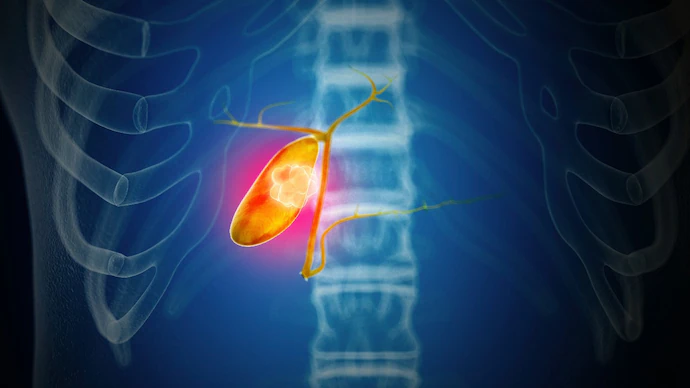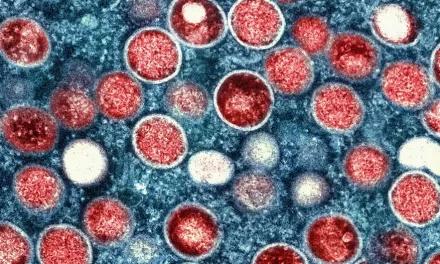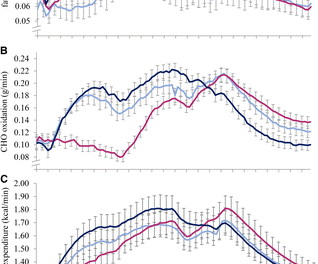GUWAHATI, Assam – Assam’s alarmingly high rates of gallbladder cancer, among the highest in India, may be significantly driven by the presence of toxic heavy metals within specific types of gallstones, according to a new study by researchers at Tezpur University. The findings suggest that the composition of gallstones, particularly those rich in cholesterol and containing elements like arsenic and lead, could play a crucial role in the development of this aggressive cancer.
While previous research has pointed to environmental factors such as arsenic-contaminated water as potential contributors to Assam’s gallbladder cancer burden, this latest study, published in Chemical Research in Toxicology, delves deeper into the gallstones themselves.
Researchers analysed 40 gallstone samples collected from patients in Assam. These included 30 samples from individuals with gallstone disease but without cancer, and 10 from patients diagnosed with both gallstones and gallbladder cancer. The primary goal was to understand the physical and chemical differences that might explain why only some individuals with gallstones go on to develop cancer.
Gallstones are hardened deposits, often composed of cholesterol or bile pigments and calcium, that form within the gallbladder. While common, they don’t universally lead to cancer.
Employing sophisticated techniques including infrared light analysis, X-ray methods, and powerful microscopy, the scientific team examined the structural and chemical makeup of the stones. They discovered that gallstones from the cancer patient group were predominantly cholesterol-based and exhibited a distinct crystal-like, layered structure, resembling stacked plates. This structure was significantly more prevalent in the cancer group compared to those with only gallstone disease.
Perhaps the most striking finding was the elevated concentration of toxic heavy metals within the gallstones of cancer patients. Significant amounts of arsenic, chromium, mercury, iron, and lead – elements known for their cell-damaging and potential cancer-causing properties – were identified.
The study posits that it’s not merely the presence of gallstones, but their specific composition – being rich in cholesterol and laden with these toxic metals – that creates a dangerous environment within the gallbladder, increasing the risk of malignancy.
Scientists suspect that the high levels of these harmful elements likely originate from environmental sources within the region, such as polluted water, contaminated food, or affected soil, which are then accumulated within the gallstones.
This research underscores the urgent need for further investigation into how the body processes cholesterol (cholesterol dysregulation) and the impact of environmental exposure to toxic metals on gallbladder health. The study authors believe these findings could pave the way for improved methods to identify individuals at higher risk of developing gallbladder cancer, particularly in regions like Assam, and aid in formulating effective preventive strategies for the future.
Disclaimer: This news article is based on the information provided regarding a specific study published in Chemical Research in Toxicology. It aims to summarize the study’s findings and potential implications. This article does not constitute medical advice. For health concerns, please consult a qualified medical professional.












